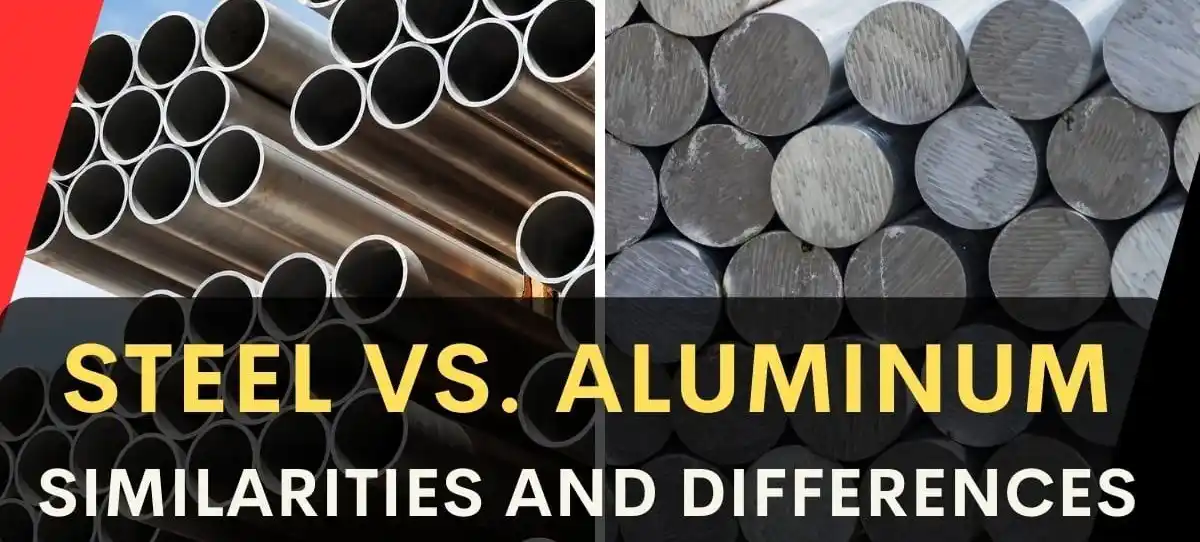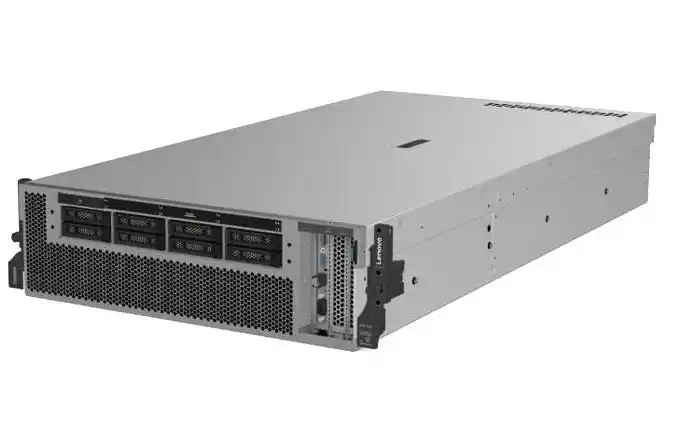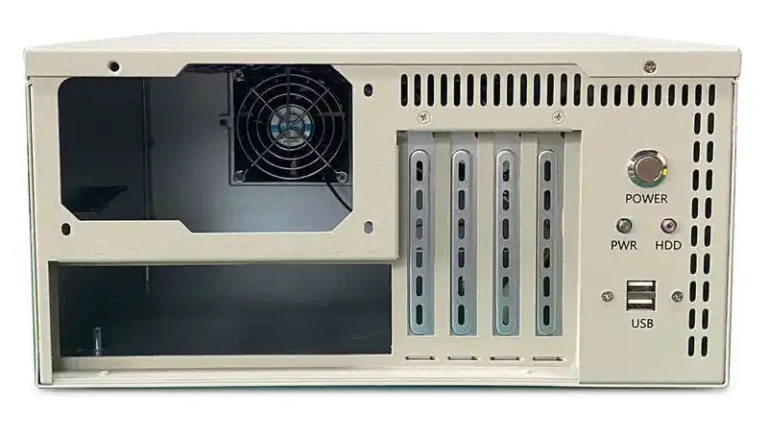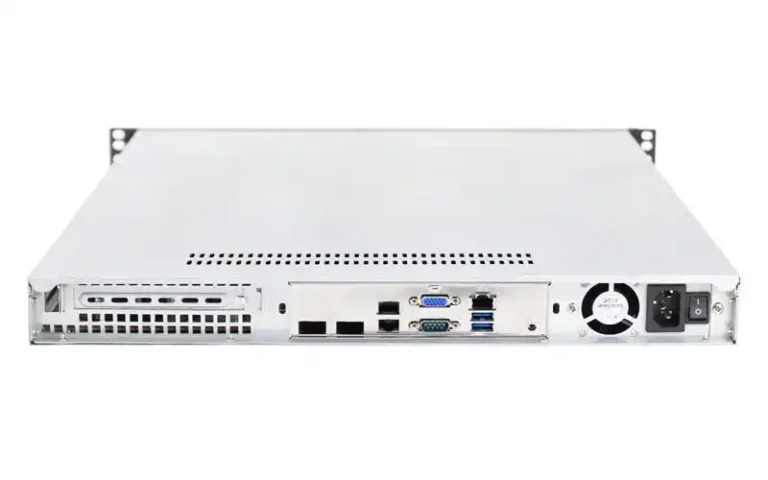You want a small build that doesn’t whine, choke, or warp when you move it. Should you pick an aluminum ITX case or a steel one? Let’s cut the fluff and talk real-world: weight in your backpack, fan noise in your ear, mesh vs. solid panels, and what happens when you pull the side panel for the fifth time this week. I’ll keep it plain, a bit chatty, and anchor it to how we spec and build at IStoneCase (OEM/ODM, bulk orders, full custom).
Aluminum vs steel ITX cases: quick comparison table
| Factor (ITX context) | Aluminum ITX case | Steel ITX case | What it means to you |
|---|---|---|---|
| Mass & carry | Very light; easy to move to LANs or office. | Heavier; feels planted on desk. | Pick aluminum if you commute; pick steel if your rig stays put. |
| Panel stiffness | Needs thicker panels (often ≈1.5–2.5 mm) for similar rigidty. | High stiffness at ≈0.8–1.0 mm SPCC/SECC. | Steel reaches “solid” feel with less thickness. |
| Vibration / resonance | Can “ting” if panel joinery isn’t snug; add foam, grommets. | Mass damps noise; fewer buzz points. | Steel is usually quieter at the same fan curve. |
| Thermals (material) | High conductivity, but panels aren’t heatsinks. | Lower conductivity; airflow still king. | Mesh + pressure > metal type. |
| EMI / magnetic bits | Non-magnetic, so mag filters don’t stick. | Magnetic; snap-on dust filters just work. | Steel wins for quick service. |
| Finish & look | Anodized or bead-blasted; premium vibe, can scratch. | Powder coat; tough, less scratchy. | Aluminum looks luxe; steel shrugs at bumps. |
| Price tier | Usually higher (CNC, finishing). | Usually friendlier for budgets. | For fleets/MOQ, steel scales cost better. |
| Mixed-material builds | Common: alu skin + steel frame. | N/A | Best of both: showpiece outside, strong inside. |
Quick note: don’t use gallium liquid metal where it can touch bare aluminum. Bad idea, dont do it.
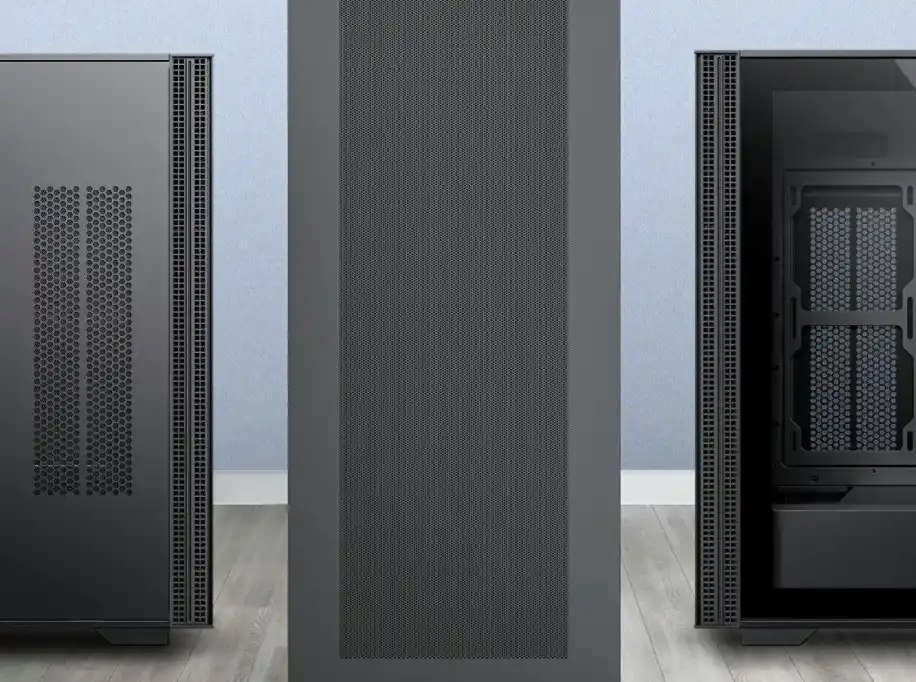
Aluminum ITX case pros and cons
Pros
- Light and portable. You can toss it in a backpack and not hate your shoulders.
- Premium surface: anodized panels, clean edges, boutique feel.
- Great for living-room or desk setups where looks matter and you move the box now and then.
- Easy to machine for custom slots, vents, or CNC accents (OEM/ODM sweet spot).
Cons
- If the panel is thin or the latch tolerance drifts after PVT, you might get a “ping” or rattle under certain fan speeds. Foam tape + better standoffs fix it, but it’s a thing.
- Non-magnetic: magnetic dust filters won’t snap on; you’ll use clips or screws.
- Easier to ding if you toss the case in a gear bag with tools.
Steel ITX case pros and cons
Pros
- Stiff frame at modest thickness; fewer resonance issues, lower panel noise in dBc at the same RPM.
- Magnetic accessories stick: filters, cable tidies, fan shrouds. Service is fast.
- Powder coat hides wear and tear. Good for “build once, run everywhere” fleets.
- Usually kinder to BOM and bulk purchase.
Cons
- Heavier. Great on a rack shelf, not as fun in a messenger bag.
- If you chase ultra-small volumes, tight bends and inner clearances need careful DFM so edges don’t bite cables.
ITX airflow and thermals
Airflow beats metal choice—every time. Mesh area, straight-through paths (front-to-back or bottom-to-top), and a sane fan curve decide your temps. A well-vented steel box can run cooler than a choked aluminum box. For SFF, prioritize:
- Big, open mesh on intake sides.
- Direct GPU intake (bottom or side) with a short, clean path out.
- Avoid tortuous dust paths; use filters that don’t strangle CFM.
- Tune fan steps so you dodge the panel’s resonance band (yep, each chassis has one).
Noise and vibration in ITX cases
Small volumes amplify sound. Aluminum can sing if a panel tab’s loose; steel tends to deaden it. Tricks we use:
- Rubber grommets on fans and PSU feet.
- Foam along panel seams where clip load is low.
- Extra fold lines (ribs) on wide panels to lift the first resonance mode.
- Keep pumps decoupled—no hard-mount AIO on thin panels if you can help it.
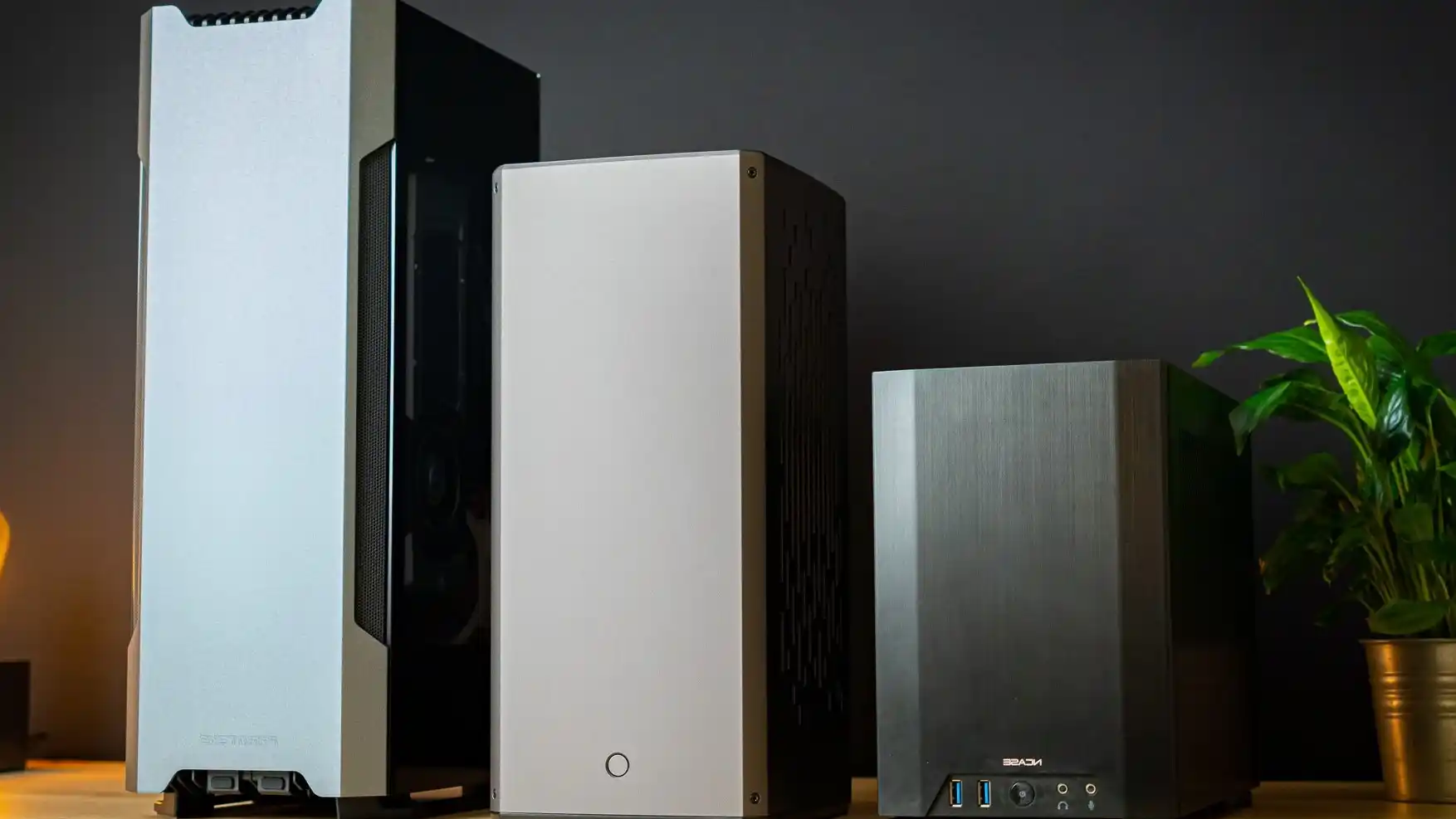
EMI shielding and magnetic accessories in computer case server
Steel helps with EMI containment and gives you that “click” for mag-filters. Aluminum is non-magnetic and fine for most home/office builds, but if you run sensitive cards near RF-noisy gear, steel panels and a tight frame are a plus. For field work, snap-on filters on steel save time—pop, clean, done.
Portability, durability, and field use
- Commuters / LAN party / hot-desking devs: Aluminum feels amazing. Your back says thanks, and the premium finish looks neat in client spaces. Just sleeve it so keys don’t scratch it.
- Studio / lab / dusty warehouse: Steel wins. Heavier base, magnetic filters, armor-like paint. It’s a little rough-and-ready, but it just keeps going.
- Mixed reality rigs & demo pods: Mixed-material builds shine—aluminum outer shell for show, steel skeleton for strength. You get both vibes at once.
When to choose aluminum vs steel for SFF builds
Choose aluminum ITX case when…
- You carry the PC often and want low mass.
- You care about look/feel on the desk and want that clean anodized style.
- You plan light modding (custom vents, CNC logo) and short runs.
- You accept a little extra tuning (foam, grommets) to keep it ultra-quiet.
Choose steel ITX case when…
- You need quiet panels at modest RPMs and less rattle risk.
- You want magnetic service parts and tough powder coat.
- You’re buying in volume (MOQs), or rolling out fleets to teams.
- You’ll mount in a cabinet, cart, or server rack pc case shelf and leave it there.
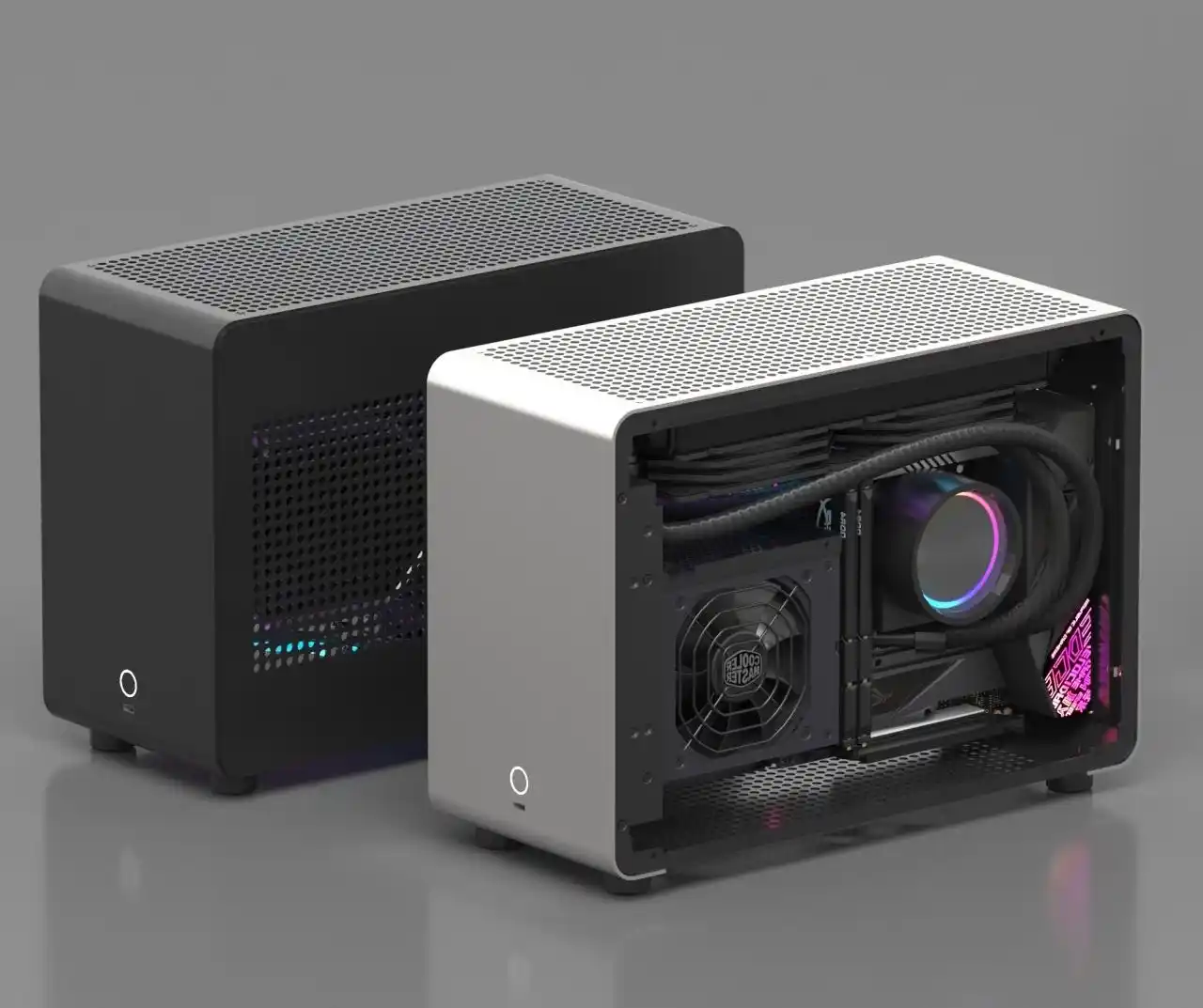
IStoneCase OEM/ODM ITX case customization
We build both aluminum and steel SFF/ITX enclosures under the IStoneCase umbrella—same team that does GPU and server platforms. You can tune:
- Panel thickness (alu 1.5–2.5 mm; steel 0.8–1.0 mm common).
- Mesh density, vent geometry, and fan spec for your thermal target.
- Frame style: all-steel, all-aluminum, or hybrid (alu skin + steel spine).
- Finish: anodize, bead-blast, or powder coat.
- Layout for vertical GPU with riser, or classic horizontal.
- Access: tool-less panels, thumbscrews, or locking latches.
- Logistics: bulk purchase, consistent SKUs, field-swappable filters, and rail kits that match your deployment.
If your ITX nodes eventually graduate to racks or edge closets, we also design and manufacture adjacent gear—so your stack stays consistent:
- server rack pc case for EIA-310 deployments and lab carts.
- server pc case options when you need front-to-back airflow and hot-swap bays.
- computer case server builds for small offices that don’t want full cabinets yet.
- ATX server case when your workload leaps beyond ITX.
- GPU server case for AI and HPC bursts—same DNA, stronger bones.
- Rackmount case for tidy cable management and clean service lanes.
- NAS devices to keep local scratch fast and simple.
- ITX case lines for boutique builds and dev benches.
Who we serve (short list): data centers, research groups, algorithm centers, MSPs, SMBs, pro-dev teams, and enthusiasts who want custom without drama.
Practical build notes that actually help
- Clearances first. In SFF, a “1 mm over” spec kills a cooler plan. Check GPU thickness, PSU cable exit, and front I/O depth before you buy anything.
- Fans before bling. A high-flow mesh plus two decent 92/120 mm fans will beat an aesthetic front any day.
- Cable discipline. Don’t choke the GPU intake with a fat 12VHPWR loop; route it along the frame with clips.
- Test resonance. Sweep fan RPM 600→1200 and listen. If one speed hums, notch it out in your curve.
- Filter maintenance. If you hate screws, choose a steel case and mag filters. If you love aluminum, pick snap or slide-in frames.
Bottom line
If you crave portability and a premium look, aluminum ITX cases feel awesome—kinda “pick-up-and-go” with style. If you want dead-simple quiet and low fuss, steel gives you stiffness, damping, and magnetic convenience. Most pro fleets we see land on steel or a hybrid shell for serviceability. Either way, airflow design and part fit trump metal choice.
Ready to spec your own run? We’ll map your targets (thermals, acoustics, EMI) to a chassis that fits your workload—and your roadmap. With IStoneCase you get high-quality server cases, NAS devices, and custom OEM/ODM that scale from one desk-side ITX case to a room of racks. Tho, we’ll still help you tune that fan curve so it doesn’t buzz at 900 RPM.

